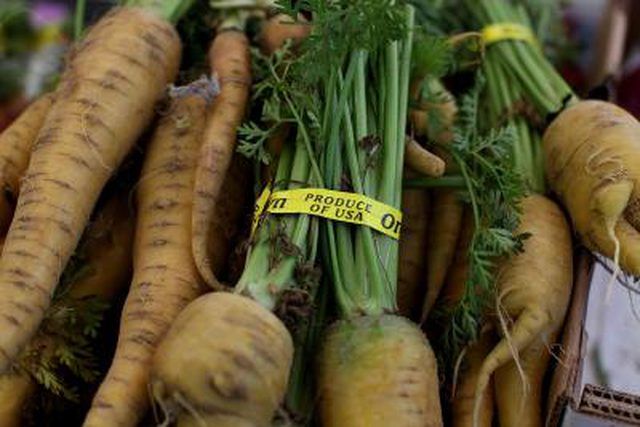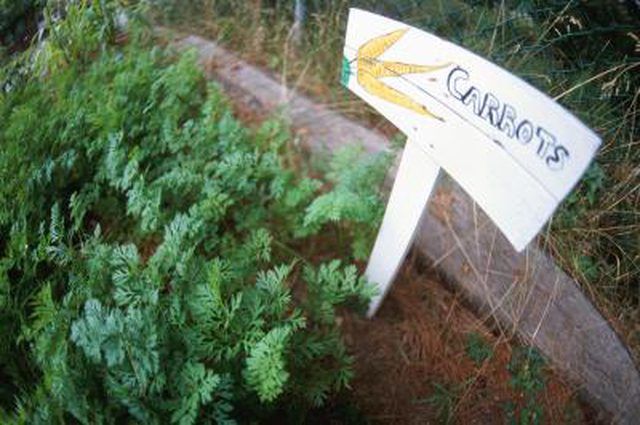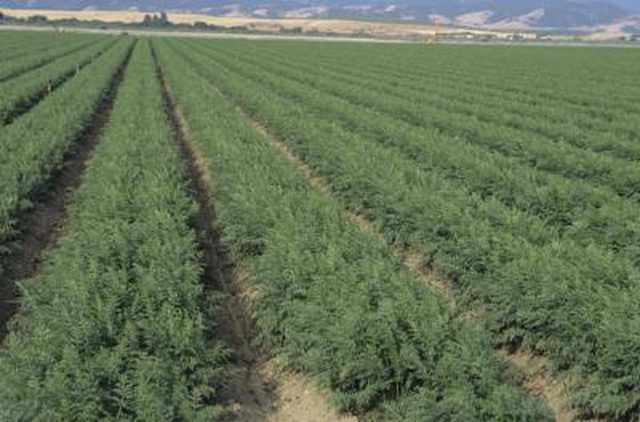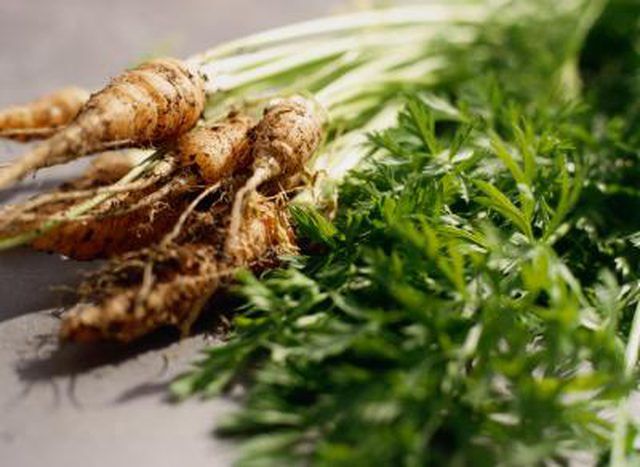Bulbs
Flower Basics
Flower Beds & Specialty Gardens
Flower Garden
Garden Furniture
Garden Gnomes
Garden Seeds
Garden Sheds
Garden Statues
Garden Tools & Supplies
Gardening Basics
Green & Organic
Groundcovers & Vines
Growing Annuals
Growing Basil
Growing Beans
Growing Berries
Growing Blueberries
Growing Cactus
Growing Corn
Growing Cotton
Growing Edibles
Growing Flowers
Growing Garlic
Growing Grapes
Growing Grass
Growing Herbs
Growing Jasmine
Growing Mint
Growing Mushrooms
Orchids
Growing Peanuts
Growing Perennials
Growing Plants
Growing Rosemary
Growing Roses
Growing Strawberries
Growing Sunflowers
Growing Thyme
Growing Tomatoes
Growing Tulips
Growing Vegetables
Herb Basics
Herb Garden
Indoor Growing
Landscaping Basics
Landscaping Patios
Landscaping Plants
Landscaping Shrubs
Landscaping Trees
Landscaping Walks & Pathways
Lawn Basics
Lawn Maintenance
Lawn Mowers
Lawn Ornaments
Lawn Planting
Lawn Tools
Outdoor Growing
Overall Landscape Planning
Pests, Weeds & Problems
Plant Basics
Rock Garden
Rose Garden
Shrubs
Soil
Specialty Gardens
Trees
Vegetable Garden
Yard Maintenance
How Long Does it Take to Grow a Carrot?
How Long Does it Take to Grow a Carrot?. How long does it take to grow a carrot? That depends on a lot of factors, including type of carrot, condition of soil and, perhaps most importantly, when you decide to harvest it. Some people like the young, tender carrots, while others prefer to wait until the carrot gets big and bright orange. Carrots can...

How long does it take to grow a carrot? That depends on a lot of factors, including type of carrot, condition of soil and, perhaps most importantly, when you decide to harvest it. Some people like the young, tender carrots, while others prefer to wait until the carrot gets big and bright orange. Carrots can be harvested anywhere from two months to four months after the seeds germinate.

Carrots grow best in cool climates, even though they were originally grown and cultivated in the Mediterranean area. They are a root crop, just like potatoes and turnips, and are ideally planted in cooler temperatures, in the spring and again in the fall.
Carrots are by nature a biennial plant, completing their life cycle in two years. During the first year the carrot plant stores food in its root; in the second year it produces flowers and seeds. Most commercially cultivated carrots never make it past one year, however, because by then the root is fully grown--and that's what we eat.

Carrots are planted as seeds, and can take up to three weeks to germinate. If you're growing the common elongated orange variety, figure a good 12 weeks before the carrots are ready to harvest. The shorter, stubbier varieties may be reaped even earlier. It's best to read the back of the seed packet.
Some tips to make the carrots grow a little faster: Make sure your soil is loose and sandy to facilitate drainage and root growth; thin the seedlings after planting so they don't cannibalize each other in their quest for water and nutrients in the soil; keep the carrots free of weeds, especially when the carrot plants are young; and fertilize with common vegetable fertilizer, available at any garden store, when the carrot tops are about 4 inches high and, again, when they are about 6 to 8 inches high.

According to "What's Up, Doc," an article by Marion Owen on the PlanTea.com, the first known cultivation of carrots took place in the seventh century, in Afghanistan. These early carrots were grown as a medicine and had purple skin and yellow flesh. It wasn't until the 1600s that Dutch horticulturists developed a stubby variation of the present-day orange carrot, which was subsequently improved by a French horticulturist who used a common wildflower, Queen Anne's Lace, to develop a long, thick carrot, bright orange in color.
That's the same type of carrot that's still the most popular variety today, ubiquitous in supermarkets and farmer's markets all over the world.
